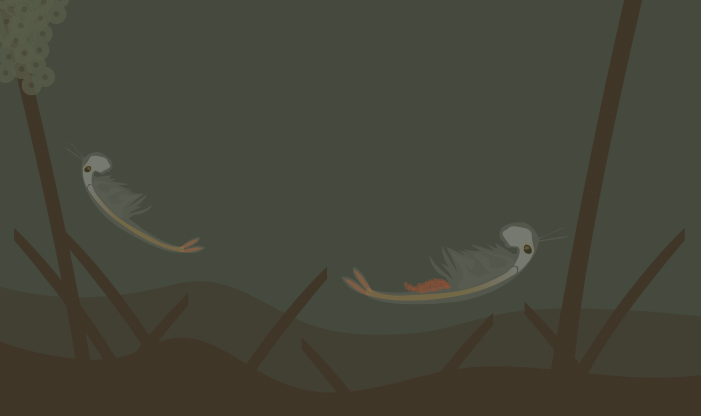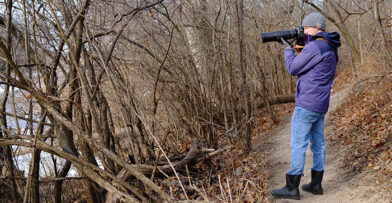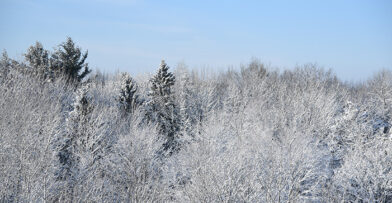Spring signifies the start of a new year in the natural world. After the Vernal Equinox on March 19, the days are finally longer than the nights, adding sunlight and meltwater to the landscape. Snow and ice melt become a patchwork of temporary, or ephemeral ponds; also known as vernal ponds. In Latin vernal means spring, and vernal ponds are usually at their maximum depth after the snow melts.
Characteristics of a Vernal Pond
In order to be a true ephemeral pond, the pond must experience two things. There must be an inundation of water in the spring, but also complete desiccation, or drying, during a normal year. The drying of these ponds prevents fish from living there, and subsequently allows fragile amphibian populations, such as wood frogs and blue spotted salamanders, to thrive. Adult salamanders may visit the pond only briefly to reproduce and then return to the forest and their life under a log. The ephemeral pools form essential habitats that are teeming with life. Besides amphibians, we find a diversity of insect life, such as dragonfly nymphs, phantom midge larva and, of course, mosquito larva, waiting to hatch. All of these species are important food sources for the larger mouths in and around the pond.
Fairy Shrimp
One creature that looks like a delicious meal waiting to happen even has a tasty name: fairy shrimp. These graceful and gentle crustaceans often live in vernal ponds because their slow means of locomotion and their large size (up to two inches long) make them an easy meal for both fish and birds. Fairy shrimp are sometimes used as an indicator species to suggest whether a pond is a vernal pond. We find them at Teal Pond, one of our vernal ponds at Schlitz Audubon.
Fairy shrimp are also found at Turtle Pond, which does not dry completely, so it is not an ephemeral pond. But Turtle Pond does experience desiccation from evapotranspiration all around its edges. It shrinks to nearly half its volume in the hottest part of summer. Fairy shrimp eggs laid on the edges of Turtle Pond will likely dry up and that’s a good thing. Their eggs are capable of entering cryptobiosis, a state of apparent lifelessness, which allows them to survive desiccation when most other animals, including fish, cannot. This is a handy adaptation for an organism that might need to endure long periods of dry and cold. Cryptobiosis, combined with the absence of fish, is why we find fairy shrimp at both Teal and Turtle Ponds in spring.
Make sure to visit the Center’s ponds and witness the vernal activity!
This post has been updated to reflect pond name changes.


